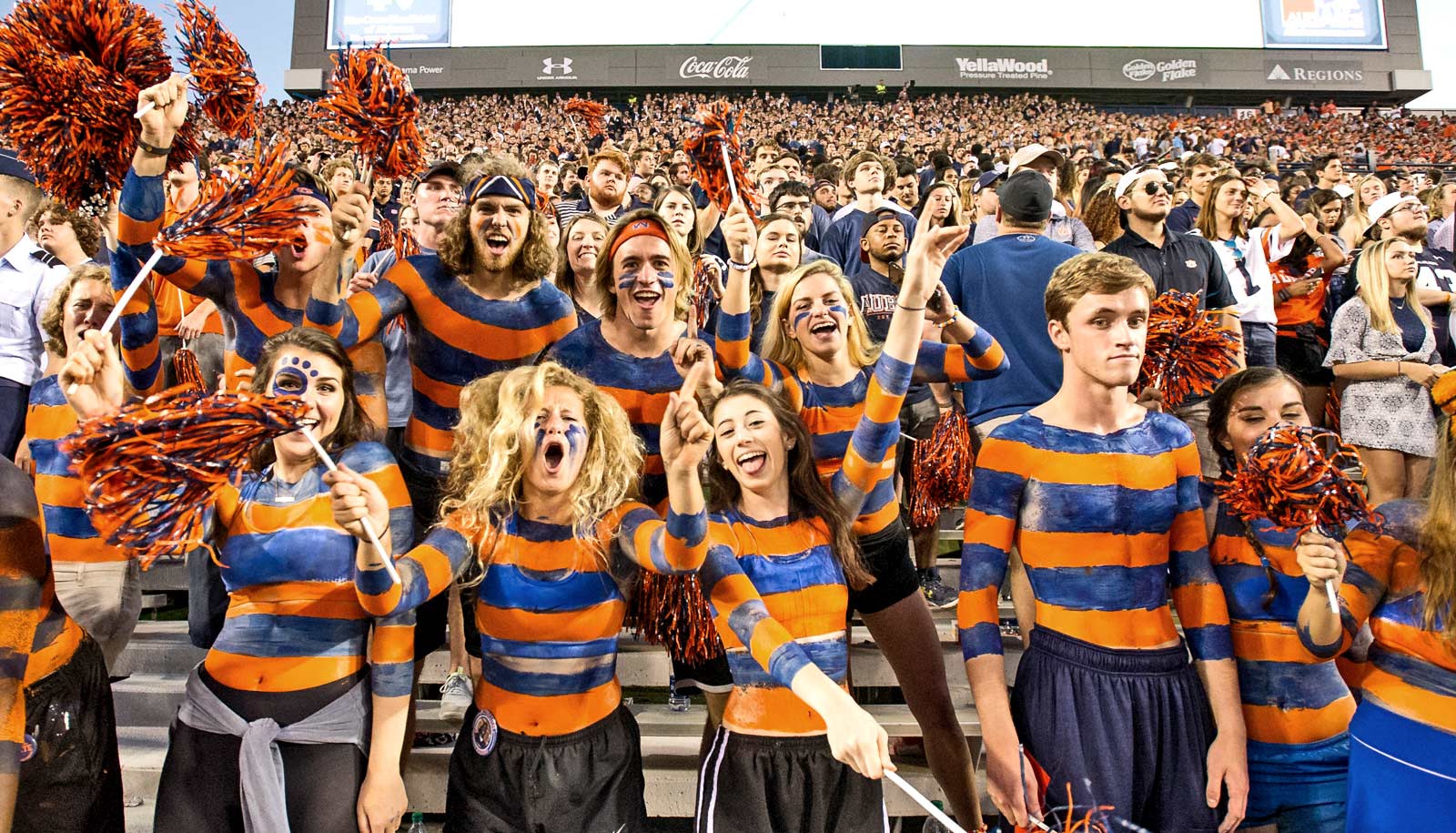Rivalry can make us take more risks, new research suggests.
Researchers studied the interactions between rival and non-rival teams on fourth downs in more than 2,000 NFL games from 2002-2010.
“…we found that when you’re playing a rival you’re more likely to go for it…”
“Our hypothesis was if you’re playing or competing against a rival, you’re more likely to take risks,” says Lisa Ordóñez, vice dean of the University of Arizona’s Eller College of Management and the person responsible for securing the large and comprehensive dataset.
Ordóñez and her colleagues identified two risky behaviors on the gridiron: going for it on fourth down instead of punting and going for a two-point conversion by run or pass instead of the extra-point kick.
“In both cases, we found that when you’re playing a rival you’re more likely to go for it,” Ordóñez says. “You’re more likely to go for it on fourth down, you’re more likely to go for the two-point conversion. We thought that was really interesting, but it really just got us started.”
Seeking to add experimental evidence to the archival NFL records, Ordóñez invited her coauthors to the laboratory for a face-to-face experiment using college students, who often are passionate about their school’s football team.
“In this lab study, we measured people’s galvanic skin response and their heart rates,” Ordóñez says. “In addition, we wanted to look at their actual behavior, so we asked them to perform a task where they could make risky decisions or not.”
Researchers asked the volunteers to wear something representing their favorite school’s team—and, as expected, the University of Arizona student participants showed up in the university’s gear. Each volunteer was in a pair with a “confederate,” an MBA student who posed as a fan of a rival (Arizona State University) or non-rival (University of Colorado) team. Participants then competed against the confederate in a computerized risk-taking game.
Competition, not support, gets you to the gym
“The reaction was visceral,” Ordóñez says. “When they saw that ASU hat, their nose flared, their claws came out, they made some snide comments like, ‘What are you wearing that hat for?’ Their heart rate went up; their galvanic skin response went up; they were agitated physiologically. Then, when we looked at their behavior on the task, they also took more risks. They made riskier decisions.”
Ordóñez’s relational rivalry research adds a new dimension to existing business rivalry research, to which her her coauthor, Gavin J. Kilduff of New York University’s Stern School of Business, has contributed.
Risk taking already has been shown to positively or negatively affect businesses and employees, depending on the context. Understanding how rivalries increase risk taking can provide managers with the information they need to evaluate whether rivalry will be beneficial or harmful for the performance of their organizations and their employees.
“It was a lot of fun to do the study, as well as get some interesting results,” Ordóñez says. “The larger issue is rivalry in general, and looking at companies and their competitors as rivals.”
You probably don’t recognize your rivals at work
Which companies are more likely to take on risky decisions and when? The answer might just lie in who they’re facing across the line of scrimmage.
The researchers report their results in the Academy of Management Journal.
Additional coauthors of the study are from New York University and the University of Pennsylvania.
Source: Stacy Pigott for University of Arizona



